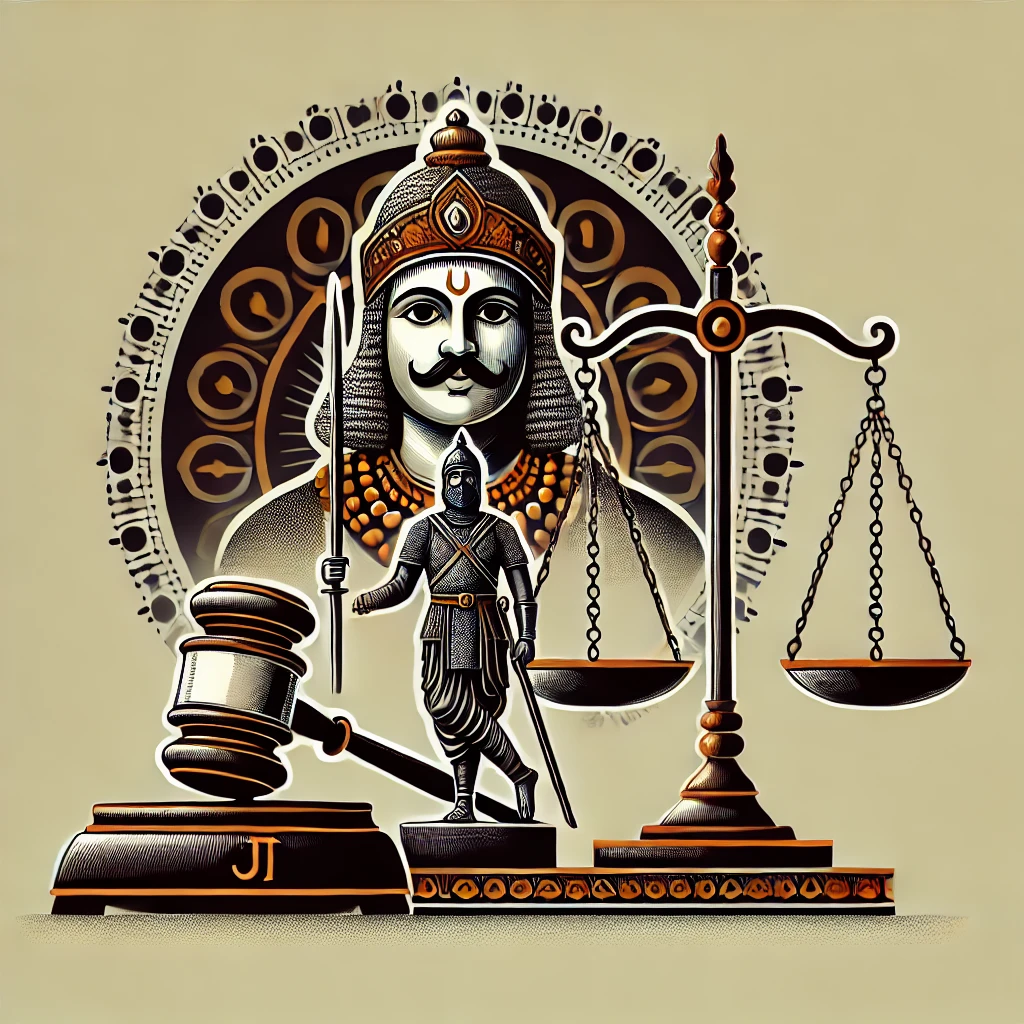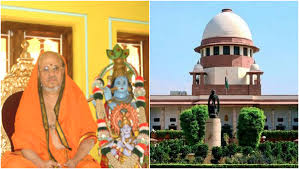All India Judges Association vs. Union of India
Citation: 2024 INSC 26; [2024] 1 S.C.R. 327
Bench: Chief Justice D.Y. Chandrachud, Justice J.B. Pardiwala, Justice Manoj Misra
Background
This landmark judgment addressed the service conditions, pay, and allowances of judicial officers across India, following recommendations by the Second National Judicial Pay Commission (SNJPC). The All India Judges Association sought uniform and enhanced service conditions for judicial officers, arguing that their unique constitutional role and responsibilities justified distinct treatment from other government officers. Several states and the Union Government objected, citing financial constraints and arguing for parity with administrative services.
Supreme Court’s Analysis
Distinct Status of Judicial Officers:
The Court reaffirmed that judicial officers are not government employees in the traditional sense. They exercise sovereign judicial power and are holders of public office, comparable to ministers and legislators, not to executive or secretarial staff. The judiciary’s independence is a basic feature of the Constitution, and Article 50 mandates separation from the executive.
Rejection of Parity with Administrative Services:
The Court categorically rejected the argument that judicial officers’ pay and allowances should be equated with those of other government officers. It emphasized that the functions, duties, and restrictions on judicial officers are fundamentally different, both during and after service. The Court cited earlier precedents and reiterated that judicial service conditions must reflect the higher constitutional responsibilities entrusted to the judiciary.
Acceptance of SNJPC Recommendations:
Most of the SNJPC’s recommendations were upheld, including enhanced allowances and benefits such as housing, transport, medical, education, robe and risk allowances, and post-retirement benefits. The Court stressed that dignified working and living conditions are essential for maintaining the independence and integrity of the judiciary.
Uniformity Across States:
The Court directed that service conditions for judicial officers should be uniform nationwide, dismissing arguments that each state’s rules should prevail. Uniformity is necessary to preserve the judiciary’s unified character and to avoid disparities that could undermine morale and effectiveness.
Financial Burden Not a Justification:
The Court held that financial constraints cannot justify neglecting the constitutional obligation to provide adequate service conditions for judicial officers. The state’s duty to uphold judicial independence and the rule of law outweighs concerns about increased expenditure.
Decision
The Supreme Court ordered the implementation of the SNJPC’s recommendations, mandating revised pay, allowances, and benefits for judicial officers and ensuring uniformity across India. The judgment reinforced the judiciary’s unique constitutional role and the necessity of dignified service conditions to sustain judicial independence.
Significance
This ruling is a milestone for judicial service reform, cementing the principle that judicial officers must be treated distinctly from other government employees. It ensures improved, uniform service conditions and strengthens the independence and integrity of India’s judiciary.






























0 comments